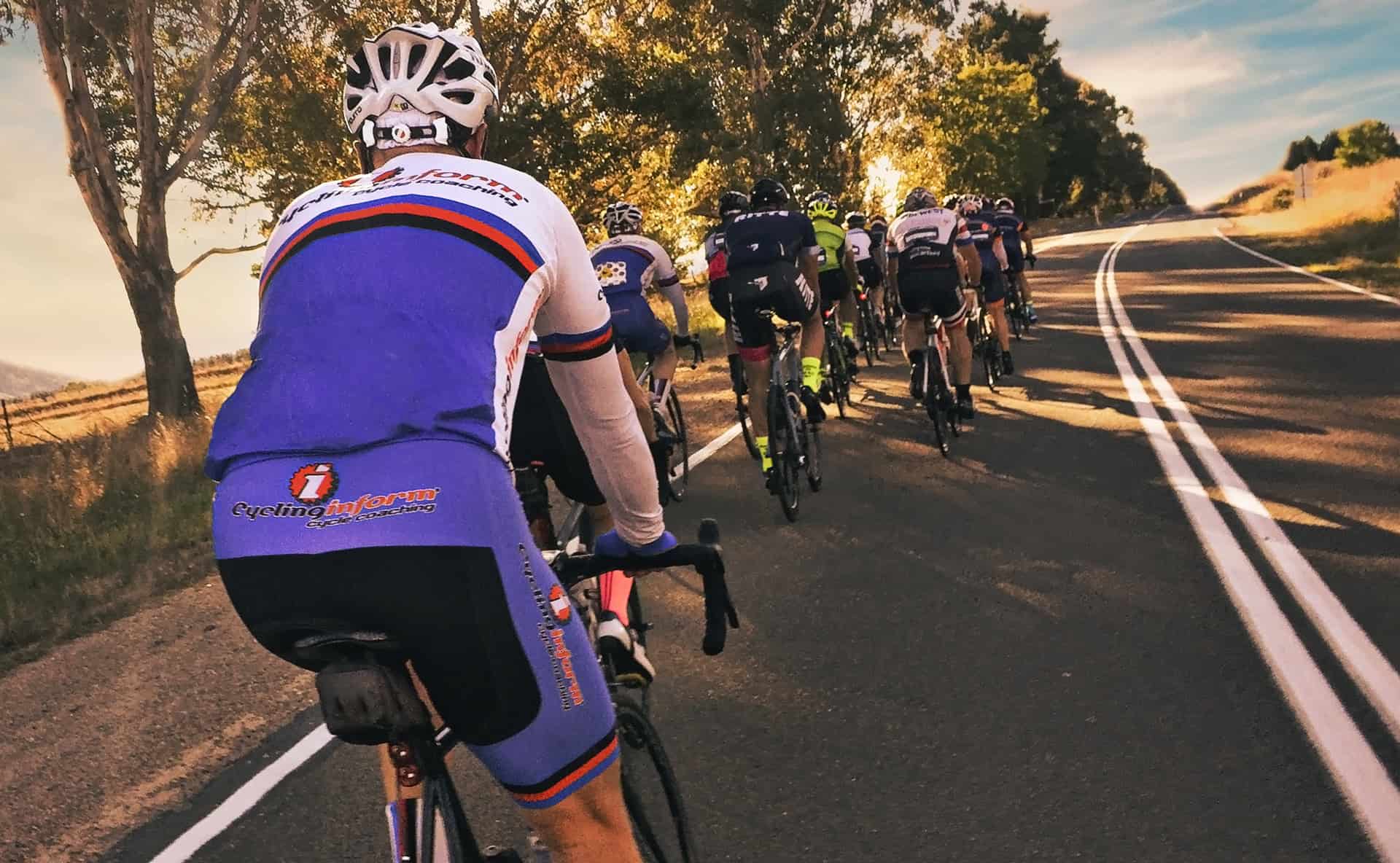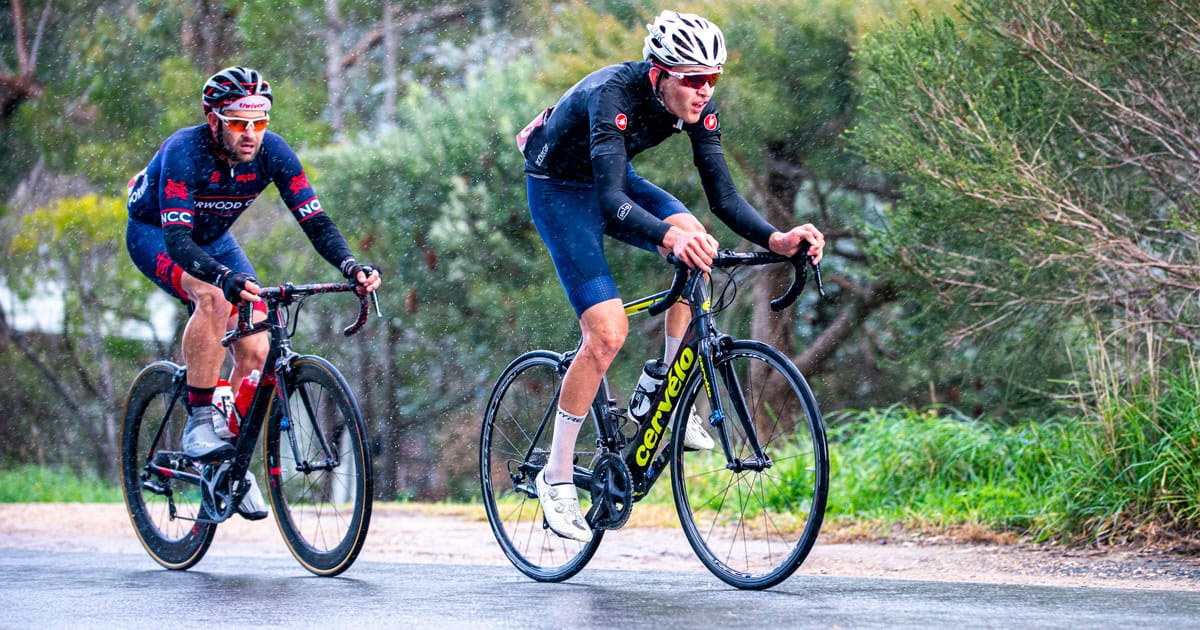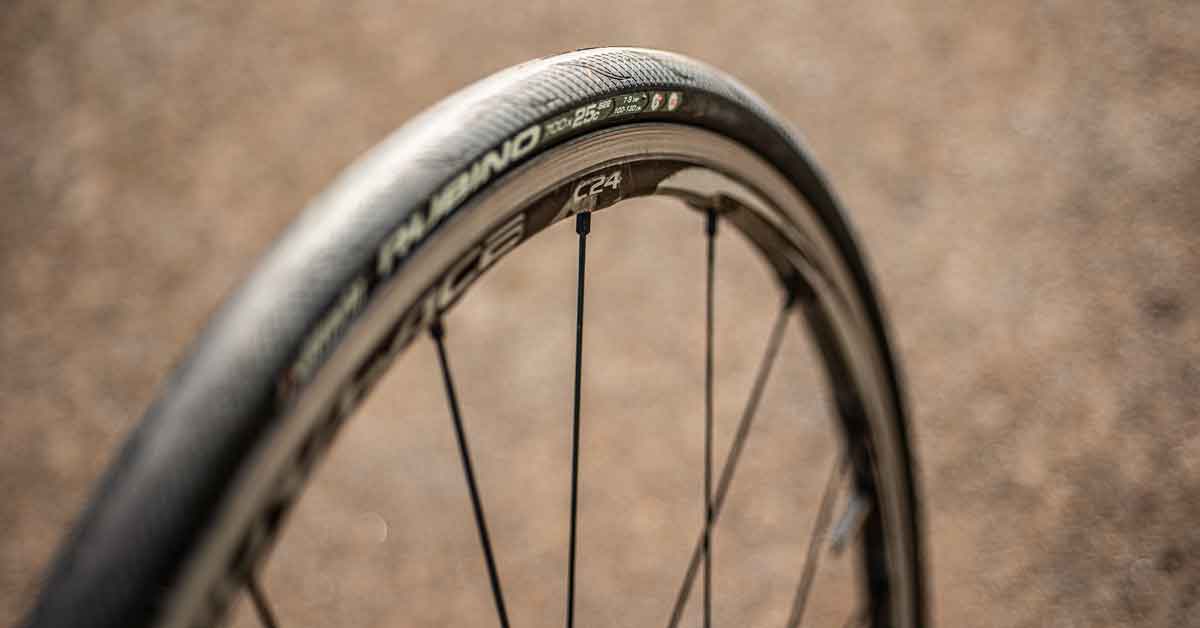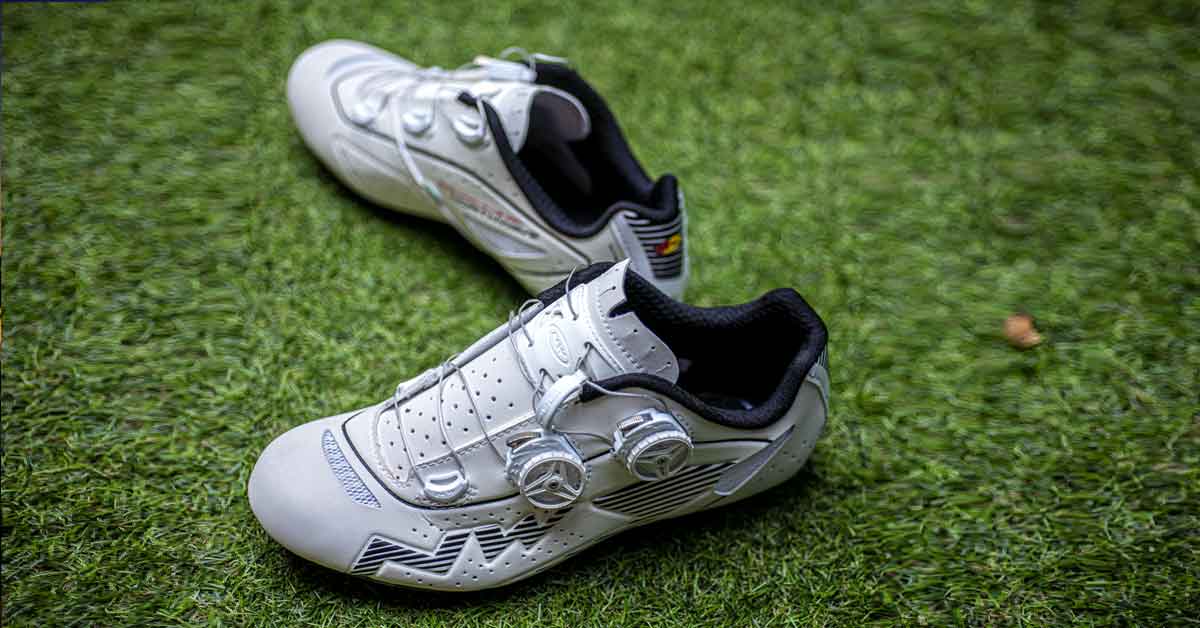Don’t buy an indoor cycle trainer before reading this article. I discuss the critical things to look for when buying an indoor cycle trainer and make sure you buy the right trainer for you.
One of the most important things to help with motivation is to ride on a trainer that feels right. Having a trainer that has good road feel will make an incredible difference to your motivation and will to ride one. It’s also important to ensure that you get the right type of trainer for your purpose. Unfortunately there are a lot of trainers on the market today that look great and sound great but are fundamentally flawed in their design.
Rollers:
Rollers have limited intensity-training applications. Changing speed or cadence on rollers does not change the amount of force you have to apply to the pedals as there is very little resistance. Rollers are great for warming up on and for low to medium intensity training. They are also great at helping you to smooth out your pedalling style. They are not good for doing high intensity intervals and sprints on but give a good road feel.
Lifecycle or Spin machines:
Lifecycle or spin machines as seen at the gym generally do not mimic the “feel” of road and air resistance as closely as the much less expensive conventional bike trainers; which allow you to use your own bicycle. Also, some of these gym machines provide very limited ability to adjust seat and handle bar position to ensure a proper bicycle fit. The main issue with these bicycles is that it’s difficult to duplicate the same resistance setting from one session to the next. This makes them very difficult to use to evaluate your progress from week to week. Spin bikes are relatively noisy.
Fan Resistance trainers:
These trainers are generally the best. They are sometimes called Ergos. Few of these units are manufactured as most are custom built in small production runs. This makes these trainers very very expensive. They are usually a standalone bicycle with a 26 front wheel that has 4 to 6 blades attached to it to create wind resistance. They are less likely than magnetic or fluid resistance devices to max-out. Fan-resistance trainers are noisier than other options. They provide the best road feel of all trainers. They are however very very noisy.
Magnetic Resistance trainers:
Although costing much the same as a fluid trainer these trainers suffer from poor road feel. The “magnet” often feels lumpy. As effort and cadence increase, the magnetic resistance increases linearly or does not vary, so you do not get the right road feel. The worst magnetic trainers are the ones that attach to the rim of the bicycle rather than the tyre. They were designed to be used with the tyre of a mountain bicycle. The on the rim magnetic trainers have no inertia and feel terrible. The rest of the have a limited range of resistance so you can max them out easily. Some of them come with resistance settings that help to reduce the issue of maxing them out. This is however a bandaid solution. Magnetic trainers while not as nosy as wind trainers are still quite noisy.
Fluid Resistance trainers:
Fluid-resistance trainers have the best road feel of all trainers apart from the very expensive wind trainers. They are far superior to any magnetic trainer. Higher-end models have a very high max-out, meaning that it’s very difficult if not impossible to out ride one, unlike like the magnetic trainer. Some units have had a history of failure due to leaking so its important to find a model that has this issue resolved. The Kurt Kinetic range of trainers are the only ones that are designed not to leak. Fluid trainers are the quietest of all the trainers.
Other factors to consider when buying an indoor cycle trainer:
Portability:
– Does the trainer lie flat when folded?
– How heavy is the trainer?
– Can you take it to races and events to warm up on?
Bicycle Attachment:
– Does the rear-axle support accept and securely fasten modern, non-circular skewers or do they come with a skewer that you can use instead?
– Is the attachment secure and robust? Beware, a lot of trainers are not very robust and will fail if used regularly.
– Is it easy to fit your bicycle to? You want to find one that is child simple.
Stability and Levelling:
– Does the trainer have stability or levelling screws to improve stability on uneven surfaces?
– Do they provide a large footprint to ensure stability
How large is the resistance roller.
– Smaller rollers will wear out your tyres. The larger the roller the less the wear.






Leave A Comment